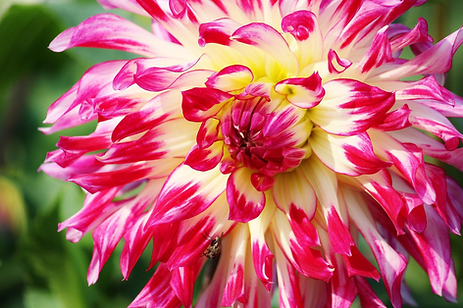When summer is winding down and the beauty of your summer blossoms starts to fade, Asters appear in all their glory. These daisy-like flowers begin blooming when the days become shorter and temperatures begin to dip. They, along with Chrysanthemums, are usually put on display with other fall ornaments such as pumpkins and gourds. You may think they are annuals, however, Asters are perennials. Given the proper care they will bloom year after year. Learn how to grow Asters, a fall beauty!
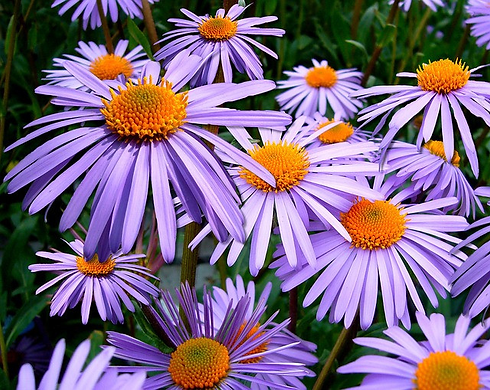
(Some of the links within this post are affiliate links on which I receive a small compensation from the sale of certain items with no extra cost to you.)
(As an Amazon Associate I earn from qualifying purchases.)
Basic Information About Asters
Asters are in the Asteraceae family, which also includes Sunflower, Coreopsis, Dahlia, and Daisy. They are herbaceous perennials, a non-woody plant that comes back year after year. The Aster genus of plants, which numbers about 180, ranges in size from 1 to 6 feet high to 1 to 4 feet wide. They bloom from late summer through fall and come in colors of purple, pink, blue, red, and white. They are native to North America and survive in USDA zones 3 through 8.
Since Asters are native to North America, they are an ideal plant for easy care and sustainability. When planning a garden, it’s best to choose plants native to your area to reduce the amount of time needed for their upkeep.
Asters can be grown from seed or bought as plants. When cultivated as seeds in the spring, they can take many years before they mature to beautiful, blossoming plants. I prefer to purchase Asters from a local nursery so I can enjoy their beauty right from the get go.
Asters are great pollinators and attract bees and butterflies. After their flowers are spent, the seeds are enjoyed by small birds such as cardinals, chickadees, goldfinches, indigo buntings, nuthatches, sparrows, and towhees. You can cut them back in the late fall after they have died, or you can leave the stems with the seeds to feed the birds and add interest to your winter landscape.
Asters are deer and rabbit resistant.
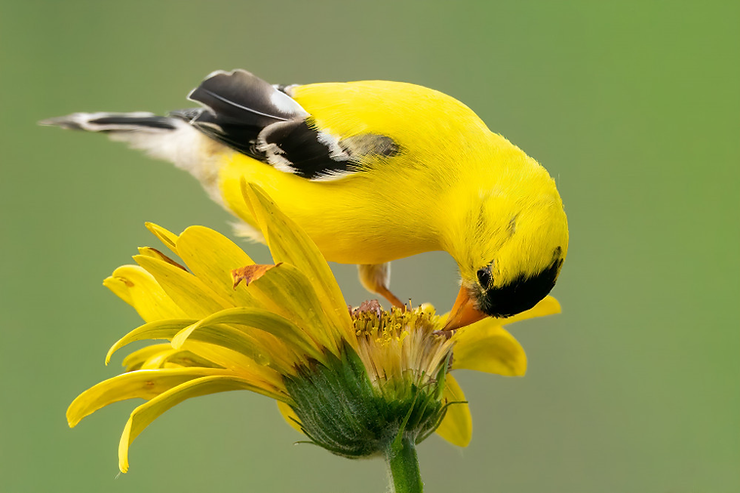
Different Varieties of Asters
Asters come in a variety of shapes and sizes. Below are a few with varying detail
To view a variety of Asters, click Etsy here.
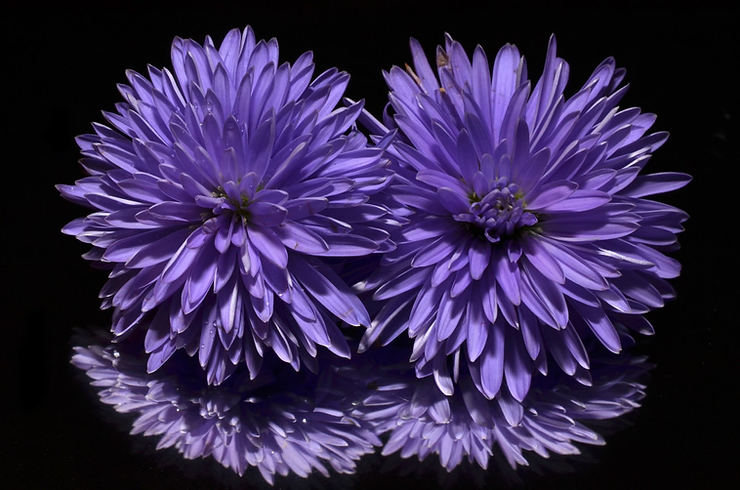
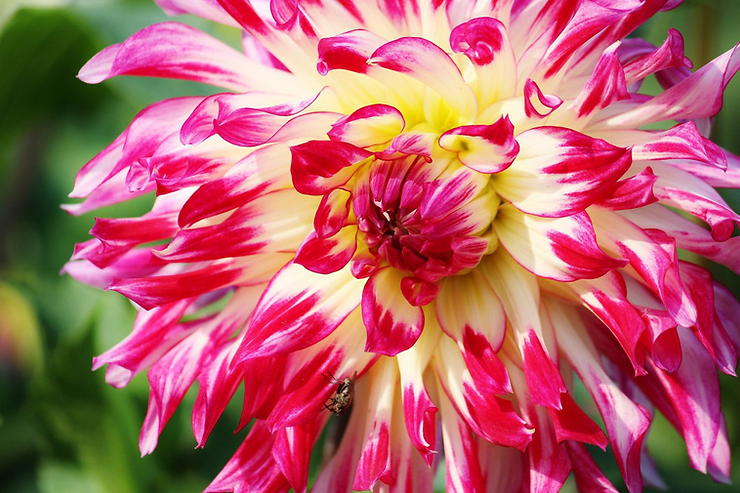
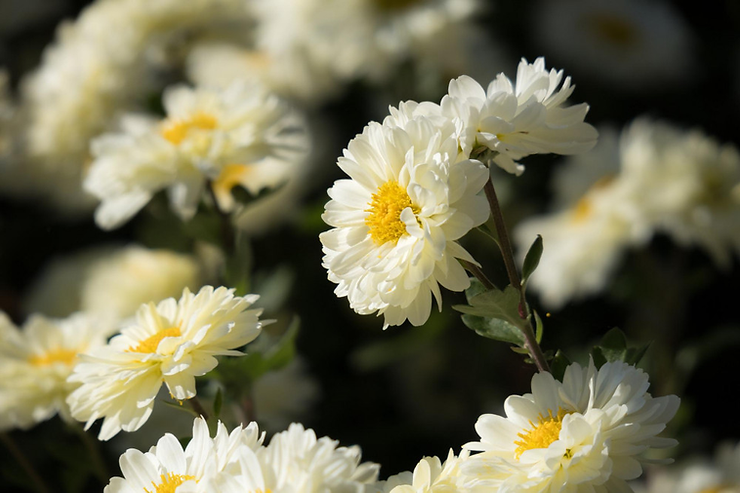
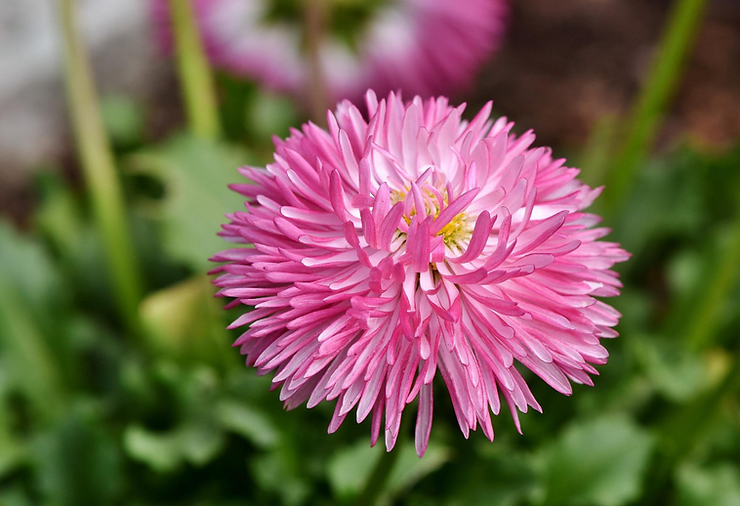
Caring for Asters – How to Grow Asters
Caring for Asters is rather easy as long as you give them the proper soil, light, fertilizer, and water.
Soil
Asters grow best in a well-drained, loamy soil that is slightly acidic with a pH between 5.6 and 8.5. To test for the pH, use a meter stick such as the Kensizer soil tester for moisture and pH levels sold at Amazon. Correct alkaline soil by adding either rotted manure, organic matter, or compost.
If you have wet clay or sandy soil, amend it with 2 to 3 inches of compost, blending it into the hole before planting.
Asters are usually grown in the ground, however you can also plant them in pots outside. Since the blossoms die out in the late fall, potted Asters are not an optimal indoor plant. Make sure your pot is deep enough to accommodate your plant’s 12 inch root system.
They can be planted any time during the growing season. Ideally they should be planted in the spring or fall. Add mulch to keep the soil moist, but not touching the stem of the plant.
Light
Asters thrive in full sun. Some varieties will tolerate part shade, but most enjoy full sun where they will produce a multitude of blossoms throughout the late summer and fall.
They prefer cool, moist summers and cool nights. If you live in this type of climate, they can be planted in full sun.
If you live in a hotter climate, do not plant them where they will get full midday sun.
Regardless of your climate, plant them 1 to 3 feet apart, depending on the variety, to allow for spreading.
Water
Keep your plant moist but not soggy, especially during the first year of growth. Water one time per week by watering the soil, not the leaves. Lingering water on the leaves may cause fungal growth or diseases.
If they begin losing their flowers or lower foliage, they are either getting too much water or not enough. Use a water meter stick to determine how wet the roots are. For more information on watering plants, check out the Fiddle Leaf Fig post. Even though the post speaks of indoor plants, it explains different methods to determine how much water your plant needs.
Temperature and Humidity
Asters thrive best in cooler temperatures. You will want to keep them away from mid-day, intense sunlight. Plant them along with other fall flowers where they will benefit from dappled shade during the midday hours.
They do not require extra humidity, so there is no need to spritz them.
Fertilizer
Asters will appreciate a regular fertilizing from spring through the budding season. Apply a flower fertilizer twice a month. This will facilitate plentiful flowers. However, stop fertilizing them when you see the buds forming, usually sometime in August. Too many nutrients will shorten the blooming time of the flowers.
Alternatively, you can add a thin layer of compost with a 2–inch layer of mulch around the plants every spring to encourage vigorous growth. This is the easier way!
Growing Tips
-
As with Chrysanthemums, cut back the stems of Asters a couple of times during early summer to keep them about 8 inches tall until mid July. This will encourage more flowers and bushier plants.
-
Stake the tall varieties to keep them from falling over. If you purchase a tall variety, plant them toward the back of your garden. Asters look beautiful in cottage gardens.
-
Divide the plants every 2 to 3 years to keep your Asters looking healthy and vibrant.
-
Cut them back in the late fall after the blossoms have all died, OR you could leave the stems with the seeds to feed the birds.
-
For a beautiful bouquet, cut the stems of the blossoms just before they open.
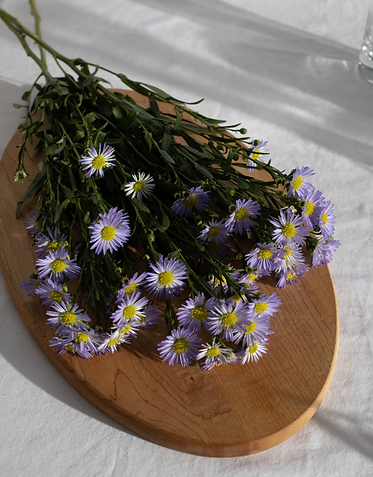
Final Thoughts on How to Grow Asters
Asters in bloom harken the beginning of autumn. They are lovely to have in your garden along with Ornamental Pepper and Cabbage, Celosia, Cockscomb and many other autumn plants.
Choose a healthy looking Aster and plant it in the spring or fall. Provide it with full sun and well-drained loamy soil. Water it properly, keeping it consistently moist but not soggy and fertilize it when needed. Before you know it, your garden will be full of pollinators and small birds.
Enjoy the beauty of the Aster and the cooler, cozy days and nights. Autumn is such a wonderful time of year. Soak it all in!
I hope you enjoyed this post. Please share it with friends and write a comment. I’d love to hear from you!
Happy Gardening,
Nina

